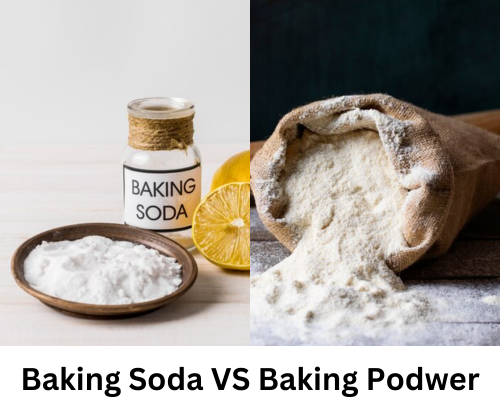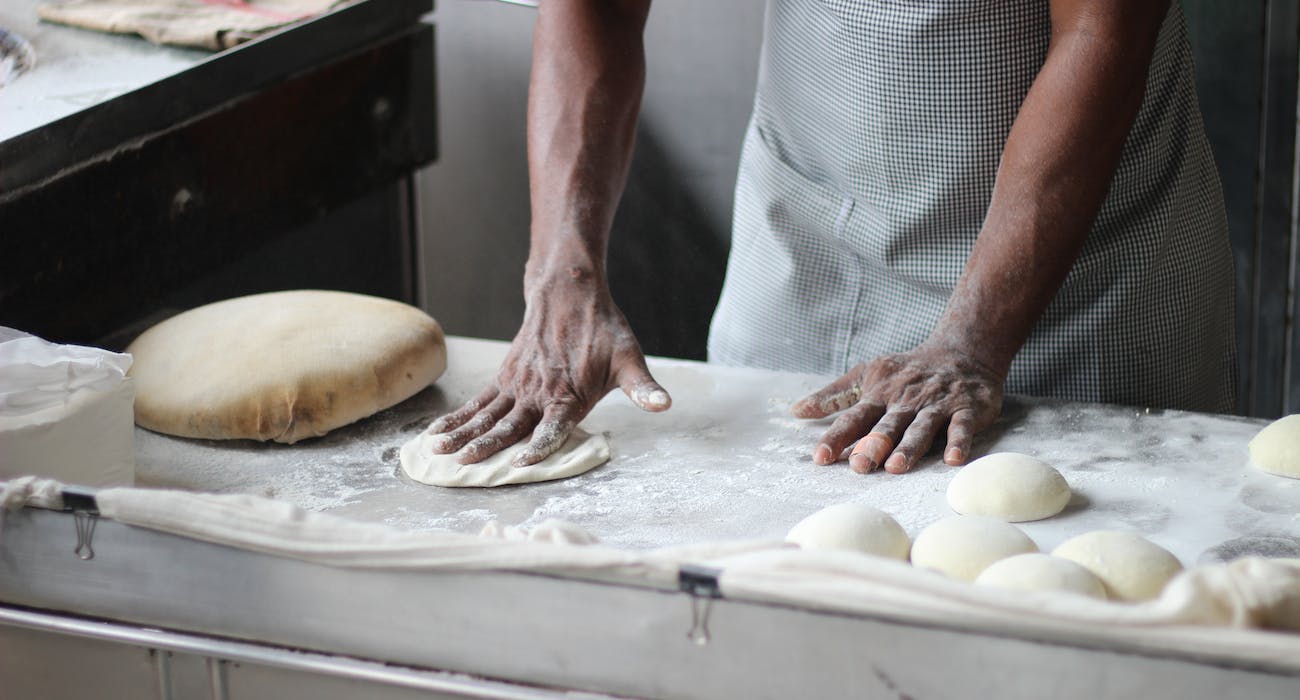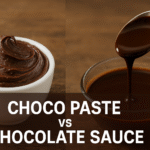Baking Powder vs Baking Soda: A Simple Guide for Baking Bliss
Baking is like a magical science experiment, and two key ingredients often come into play: Baking Powder and Baking Soda. They might seem similar, but they’re kitchen superheroes with distinct powers. Let’s break down the basics in the simplest way possible.

Understanding Baking Soda
Baking soda is like the buddy who needs an invitation to the party. It sits quietly until it meets something acidic, like yogurt or vinegar. That’s when the magic happens – it produces bubbles (carbon dioxide) that make your cakes and cookies rise.
Baking Powder:
Now, baking powder is a solo act. It already has both an acid (usually cream of tartar) and a base (usually baking soda) inside. It’s a convenient one-stop-shop for lift-off. There are two types: one starts working with liquids, and the other joins the party when things heat up in the oven.
Differences: Baking Soda vs. Baking Powder
The main difference is simple: Baking soda needs a friend (acid) to work, while baking powder brings everything to the baking party. And here’s a tip – baking soda has a stronger taste, so use it carefully.
When to Use Each
Baking Soda: Call on it when your recipe has something tangy, like buttermilk or yogurt. Pancakes, muffins, or certain cookies love its company.
Baking Powder: This hero is for recipes that don’t have anything sour. Cakes, biscuits, and muffins appreciate the lift from baking powder.
Avoiding Baking Blunders: Using the Wrong One
Mixing them up can lead to baking blunders. Too much baking soda might make your treats taste funny, and using baking powder instead might leave your goodies flat.
In the grand baking adventure, understanding these two heroes – baking powder and baking soda – ensures your kitchen creations rise to perfection. So, armed with this simple guide, let’s bake up some magic.







Leave a Reply